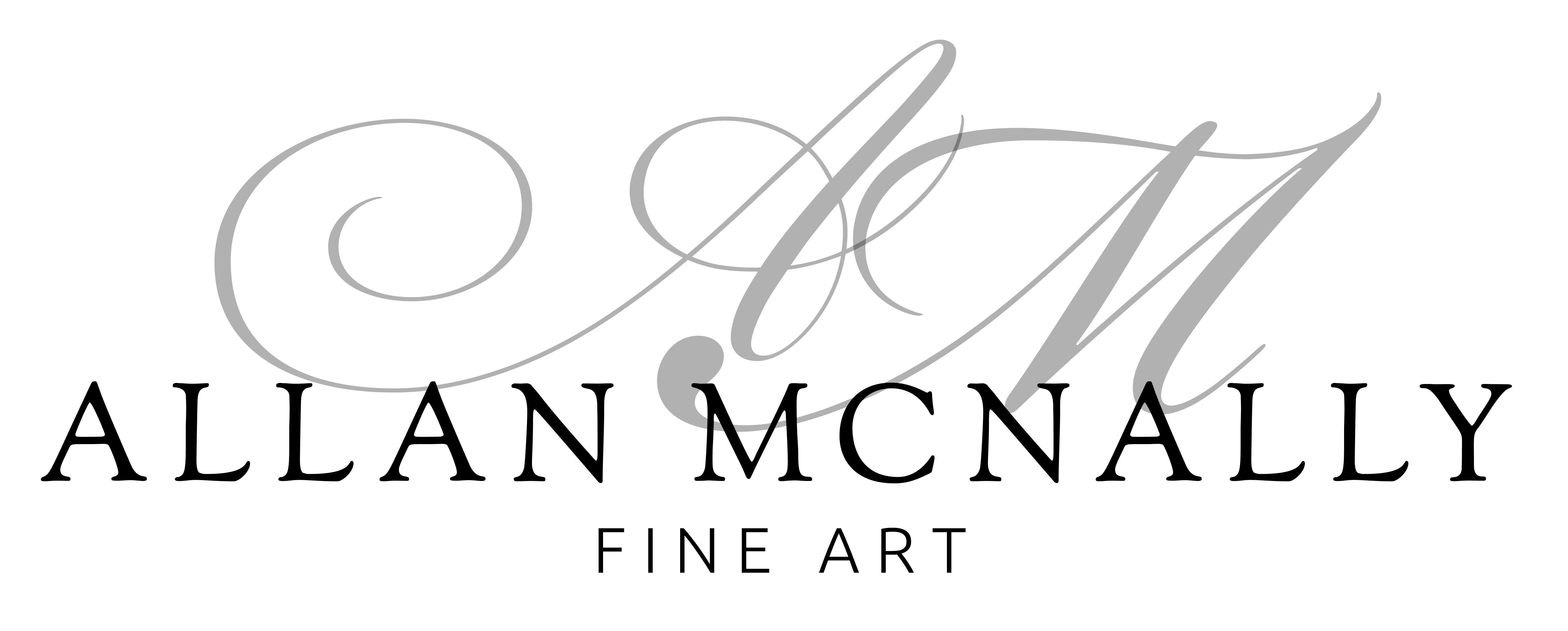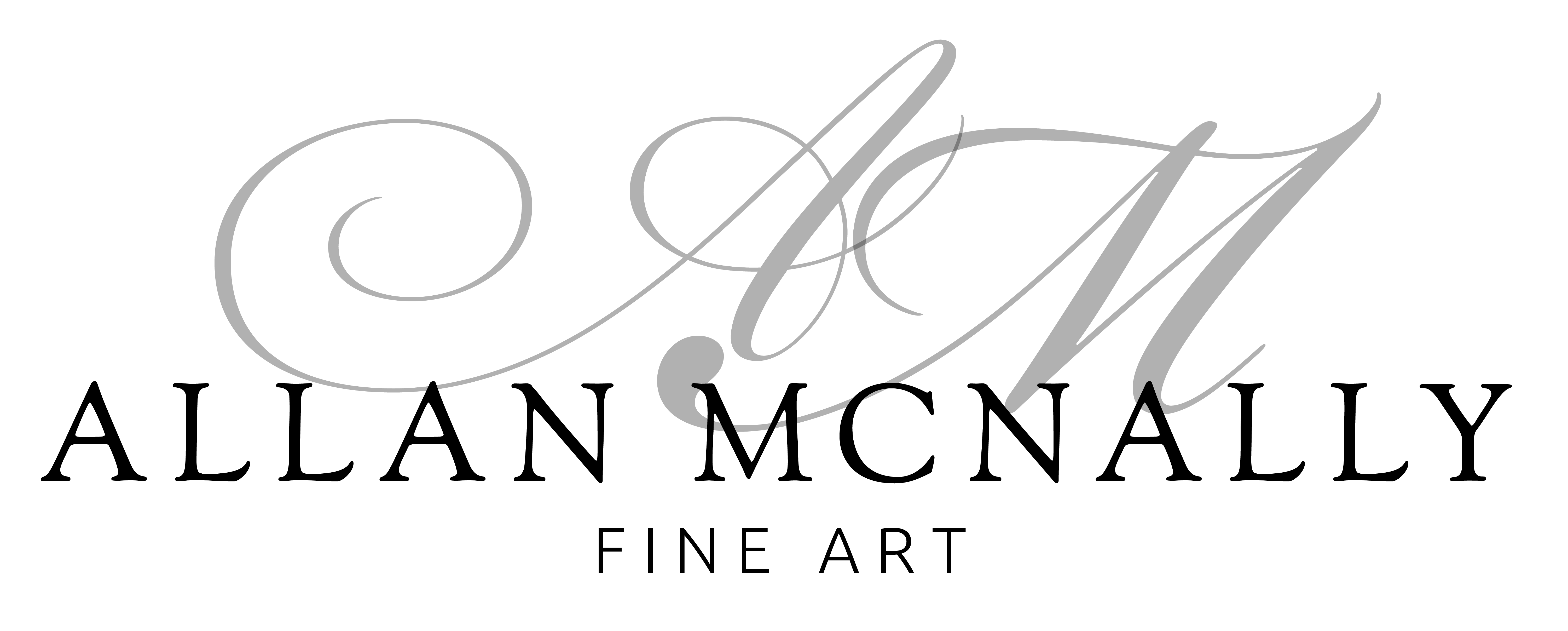Hi everyone! In this blog post, I’m going to share with you how I created my beachcombing theme using watercolour paints. I love the ocean and its creatures, so I decided to paint some of them on my canvas. I used Starfish, White Feather, Crab and Sea Urchin as my main subjects, and I experimented with different techniques such as splattering, masking fluid, and washes to create a realistic and vibrant effect. Let me show you how I did it!
First, I prepared my materials. I used a 140Lb/300 gsm cold-pressed watercolour paper, a pencil, masking tape, palette, two containers, a tissue paper, masking fluid, toothbrush and of course, my watercolour paints. I chose a variety of colours that matched the beach theme, such as blues, greens, browns, yellows, oranges, reds, and purples. I also used some brushes of different sizes and shapes, such as round, flat, fan, Round No. 10 &4.
Then I drew the outline of each subject in turn onto separate quarter imperial watercolour paper sheets : a starfish, a white feather, a crab and a sea urchin, along with other shells, pebbles, etc.. I also added some details to each subject, such as the texture of the starfish’s surface, the veins of the feather, the claws of the crab, and the spines of the sea urchin.
Afterwards, I applied masking fluid to the areas that I wanted to keep white or light. Masking fluid is a liquid that acts as a resist when it dries. It protects the paper from being stained by the paint. I used a tooth brush and rubber shaper to apply masking fluid to the highlights and edges of each subject. For example, I applied masking fluid to mask out main subjects and larger shells. I also spattered masking fluid with the toothbrush to give some random spots on the background to create a grainy affect to the sand. I let the masking fluid dry completely before moving on to the next step.
Then I painted the background using washes and splattering techniques. A wash is a thin layer of paint that covers a large area. A splattering technique is when you flick your brush or tap it against a pencil to create small droplets of paint on the paper. I used both techniques to create a dynamic and colourful background that resembled the beach. Once dry, I removed all the masking fluid gently with my fingertips from the paintings.
Finally, I painted each subject using wet-on-wet and wet-on-dry techniques. Wet-on-wet is when you apply wet paint on wet paper or wet paint on wet paint. Wet-on-dry is when you apply wet paint on dry paper or dry paint on dry paint. Both techniques have different effects and can be used together to create various results. For example,
– For the starfish, I used wet-on-wet technique to create soft edges and blend colours smoothly. I started with a light wash of yellow for the base colour and then added some orange and brown for the
shading while the paper was still wet. Then I used wet-on-dry technique to add details such as dots and lines using darker colours and shading while the paper was still wet. Then I used wet-on-dry technique to add details such as dots and lines using darker colours.
– For the feather, I used wet-on-dry technique to create crisp edges and contrast colours sharply. I started with a light wash for the
base colour and then added some grey and blue for shading when the paper was dry.
– For the crab, I used wet-on-dry technique to create hard edges and solid colours. I started with a light wash of yellow ochre/red for
the base colour and then added some greys and brown for shading when the paper was dry. Finishing with darker colours working wet on dry to add details.
– For the sea urchin, I used wet-on-wet technique to create fuzzy edges and blend colours softly. I started with a light wash of red/burnt
sienna for the base colour and then added some purple and blue for shading while the paper was still wet. Then I used wet-on-dry technique to add details such as spines using darker colours.
A major tip. I would suggest is to paint your series of paintings
in the same time period , so that you have continuity with colour mixing, splattering,
washes, save time etc. for you may have inconsistences in the end result, if you wait a long period between creating each painting.
And that’s how I created my beachcombing theme using watercolour paints! I hope you enjoyed this blog post and learned something new. I had so much fun painting these beachcombing themes and experimenting with different techniques. I think they turned out pretty well and I’m happy with the result. What do you think? Let me know in the comments below. And don’t forget to subscribe to my blog for more watercolour tutorials and my art journey. Thanks for reading and happy paint.
Allan is available for painting demonstrations and workshops for groups. Please get in touch for details. Click Here
These beachcombing images are available in limited edition print in my shop. Click Here
I would recommended Jackson’s Art Supplies for equipment and materials and they give 10% discount on your first order. Click Here

